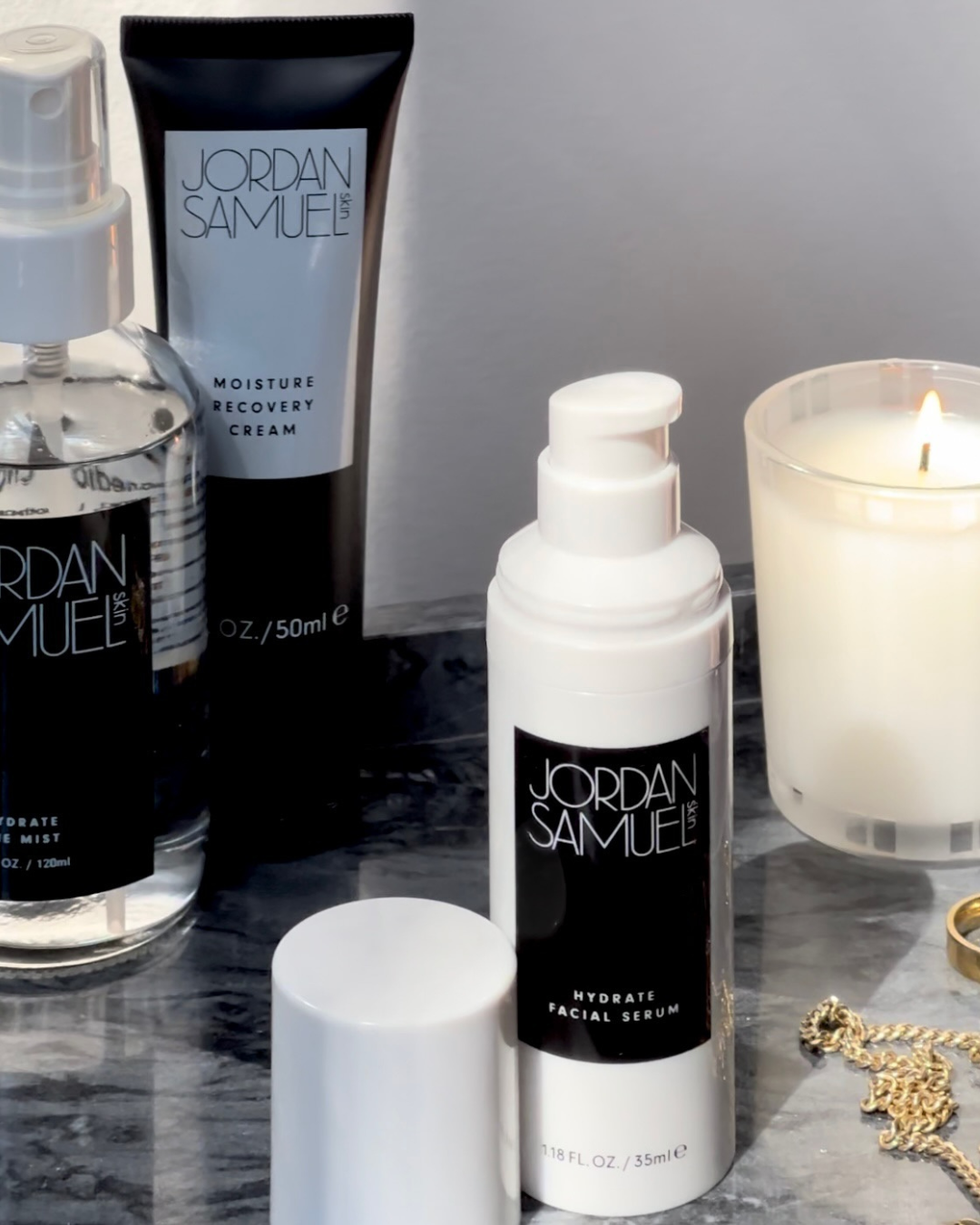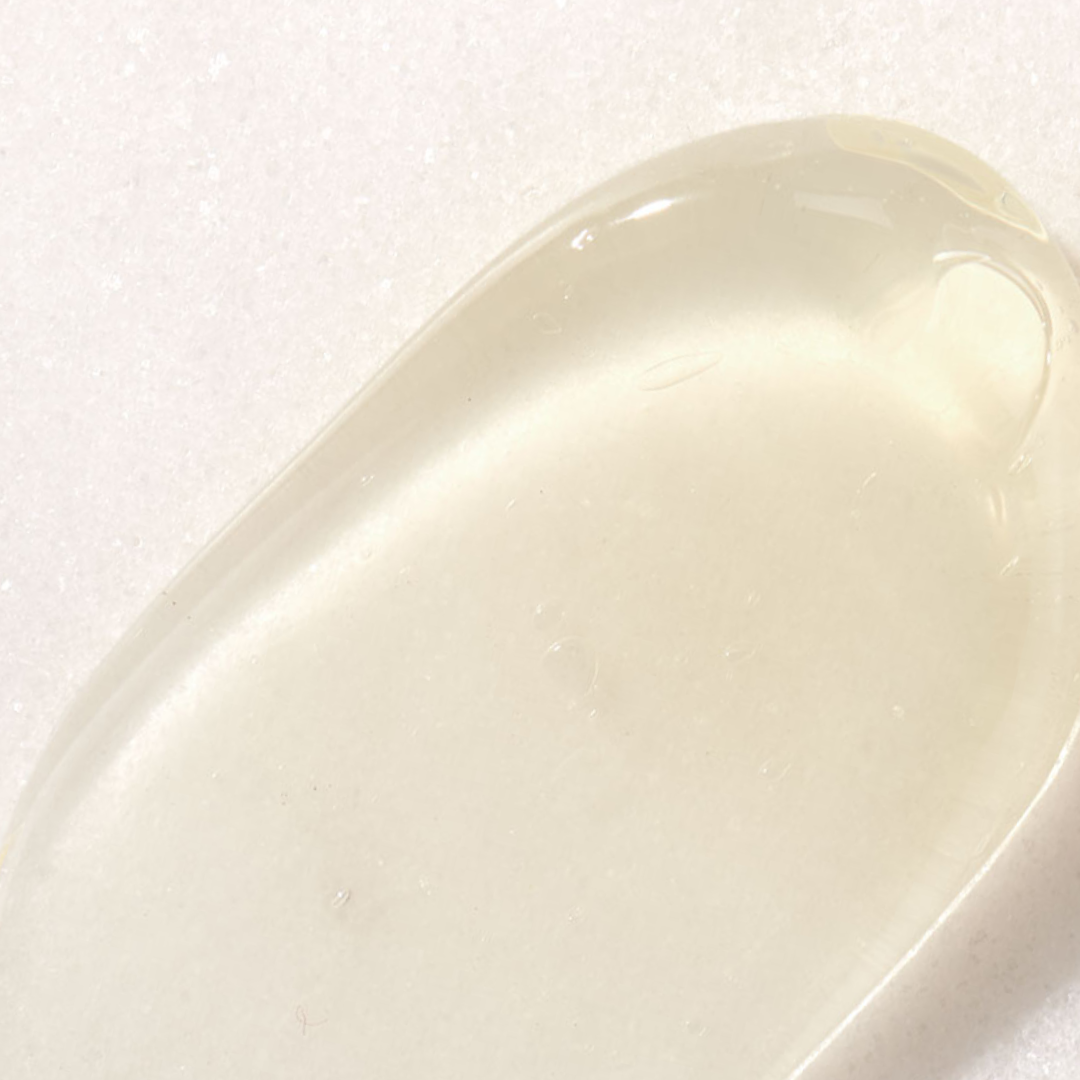I talk about skin sensitivity nonstop. It’s the number one concern I’m asked about, it’s the most common issue I see in my clients’ skin, and it’s something that I deal with personally on a daily basis. The majority of people I come across assume that they’re experiencing sensitivity because they have naturally sensitive skin. On the contrary, most have sensitized skin.
So what’s the difference?
Sensitive skin is an innate inclination toward sensitivity. Regardless of changes to skincare products, habits, environment, or stress levels, sensitive skin is quick to redden and emits a lot of heat. Even if the acid mantle—skin’s natural barrier—is healthy and uncompromised, naturally sensitive skin remains highly reactive. Truly sensitive skin is quite uncommon.
Sensitized skin, on the other hand, is self-induced and much more prevalent. My personal experience with sensitivity speaks volumes to how even the best intentions can go awry. For most of my life, I had extremely hardy skin that could withstand almost anything. Once I got into skincare, my curiosity got the best of me and I yearned to try every product I could get my hands on. I started using acids in multiple steps of my routine (including cleansers, toners, and serums) along with clay masks, scrubs, and retinols. Barraging my skin with so many actives left me red, blotchy, and reactive. My skin remained inflamed even when I stopped using most actives. I told myself that I had sensitive skin now—that my skin type had changed with age. In truth, my skin was not naturally sensitive. I had created my own sensitivity. That, in essence, is sensitized skin.
Luckily, I’m not doomed to have sensitized skin forever. By focusing on rebuilding skin’s barrier, sensitized skin can be repaired over time. To start, I discontinued use of strong actives and eased off of manual exfoliation. I still need to exfoliate—it aids in skin’s natural desquamation process—but once a week with a scrub or washcloth is plenty when your barrier is broken.
In terms of products, I focused on hydration. Nourishing ingredients like omega-rich plant oils, moisture-locking hyaluronic acid, and replenishing peptides formed the foundation of my routine. A gentle cleanser ensured that I wasn’t undoing all of my hard work by stripping away my skin’s natural oil. Finally, no skin routine is complete without SPF. Chemical SPF can be rough on inflamed skin, so I swapped it for a gentler physical/mineral sunscreen (one with zinc oxide and/or titanium dioxide).
Restoring a compromised barrier doesn’t happen overnight. It requires time and consistency. I still experience little sensitivities here and there, but my skin condition has improved immensely and I’ve been able to re-introduce actives back into my routine in moderation. If you’ve had issues with sensitization, these practical steps can help you, too!
XO,
Jordan




